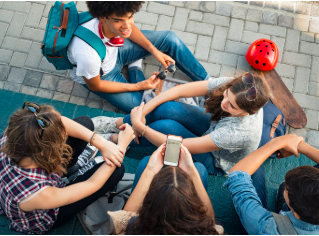Hands-on learning, also known as experiential learning, is a dynamic educational approach that emphasizes active student participation. Rather than simply listening to lectures or watching demonstrations, learners interact directly with materials, tools, and real-world situations. This method has proven to be especially effective in helping students of all ages retain knowledge and build critical thinking skills.
Encouraging Active Participation
One of the most compelling benefits of hands-on learning is how it engages students. When learners physically interact with the content—whether through science experiments, building projects, or role-playing activities—they are more likely to stay focused and involved. This active participation naturally fosters curiosity and deepens understanding.
Strengthening Problem-Solving Skills
Through trial and error, students in hands-on environments learn to navigate challenges, make decisions, and think critically. This process allows learners to build confidence as they experiment and adapt strategies to solve problems. These skills are not only valuable in the classroom but are also essential for lifelong learning.
Promoting Teamwork and Collaboration
Many hands-on activities are designed for group participation. Working together on projects encourages communication, cooperation, and mutual respect. Children learn to listen to others’ ideas, share responsibilities, and work toward common goals—key social skills that support success in both academic and personal contexts.
Enhancing Memory and Retention
Research suggests that learners are more likely to remember concepts when they experience them firsthand. By engaging multiple senses and making abstract ideas tangible, hands-on learning helps solidify knowledge in a way that traditional instruction may not. This leads to stronger academic outcomes and a deeper understanding of the subject matter.
Supporting All Learning Styles
Every student learns differently. Some may thrive in visual environments, others through listening, and many through movement and doing. Hands-on learning naturally incorporates multiple learning styles, making it an inclusive approach that supports a diverse range of learners.
Creating Joyful Learning Moments
Hands-on activities often feel more like play than traditional lessons, especially for young learners. This sense of playfulness makes learning fun and meaningful. When students enjoy the learning process, they are more motivated, confident, and eager to explore new topics.
Conclusion
Incorporating hands-on learning into the classroom enriches the educational experience. By making learning active, engaging, and memorable, this approach supports stronger academic development and nurtures important life skills. Educators and caregivers alike can benefit from integrating more experiential activities to help learners thrive.


